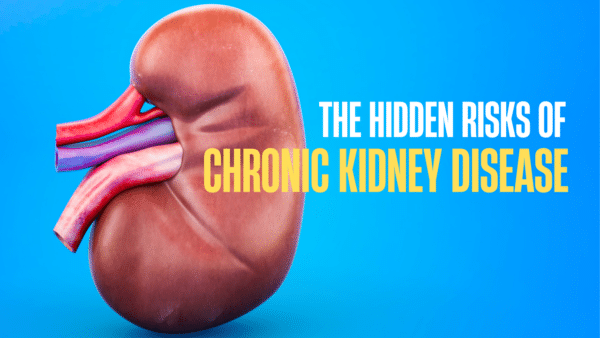It is a well-established truth that males, on average, pass away far younger than women. In 2017, the significant causes of mortality in males in the United States were heart disease (1.2 million deaths), cancer (610,000 deaths), and accidental injuries, as reported by the Centers for Disease Control and Prevention (CDC) (167,127 deaths). On the other hand, coronary heart disease was the leading cause of death for women, with 659,174 deaths. Cancer was reported as the second leading cause of death, with 586,979 deaths, and accidental injuries were the third leading cause of death, with 86,267 deaths.
A woman born in the year 2017 may expect to live around 81.1 years on average. About 76.3 years is the average lifespan for males. Recent research reveals that males may have witnessed a modest decline in life expectancy compared to women over the previous few decades, even though the general life expectancy for women and men has increased over the past few decades.
Ischemic heart disease, stroke, and lower respiratory infections were the main causes of mortality for males worldwide in the year 2017. Despite this, male mortality rates are consistently higher than female mortality rates across the board, and this trend is not exclusive to the United States. Women outlive males by an average of 3.6 years across most nations.
Men are more prone to participate in hazardous activities, such as smoking and excessive alcohol use, which raises their chance of acquiring chronic illnesses like heart disease and cancer. This is one of the primary reasons for this gap. In addition, males are less likely to seek medical assistance when they feel they need it, which may delay the diagnostic and treatment process.
The greater susceptibility of males to COVID-19 is another component that contributes to the higher death rate in the male population. According to research conducted in 2021, the incidence of respiratory intubation among males diagnosed with COVID-19 was about fifty percent greater than the incidence among women. This is most likely the result of a confluence of biological and behavioral variables, such as the fact that males have a greater prevalence of underlying health issues and engage in more dangerous activities than women do.
The high premature death rate among males is also significantly influenced by the presence of mental illness as a key contributing factor. According to the findings of research that was conducted in 2019, those who suffer from mental problems are at a greater risk of passing away at an earlier age than the general population.
Recent research discovered a considerable rise in mortality beginning at the age of 62, with the progression being much more pronounced for males than it was for women. The authors of the research feel that this might be due to a mix of variables, one of which being men’s tendency to work longer hours and take fewer breaks as a result of lifestyle choices and cultural expectations.
In conclusion, males have a greater propensity to pass away sooner than women for several reasons, such as participating in riskier activities, delaying medical treatment, having a larger sensitivity to COVID-19, suffering from mental illness, and the expectations of society. It is essential for men to be aware of these risk factors and to take active actions to enhance their general health. Some of these steps include giving up smoking, cutting down on alcohol intake, and getting medical assistance when it is required. It is also necessary for society to address the underlying cultural expectations and prejudices that contribute to men’s early death. This is because the premature mortality rate is higher for males.


